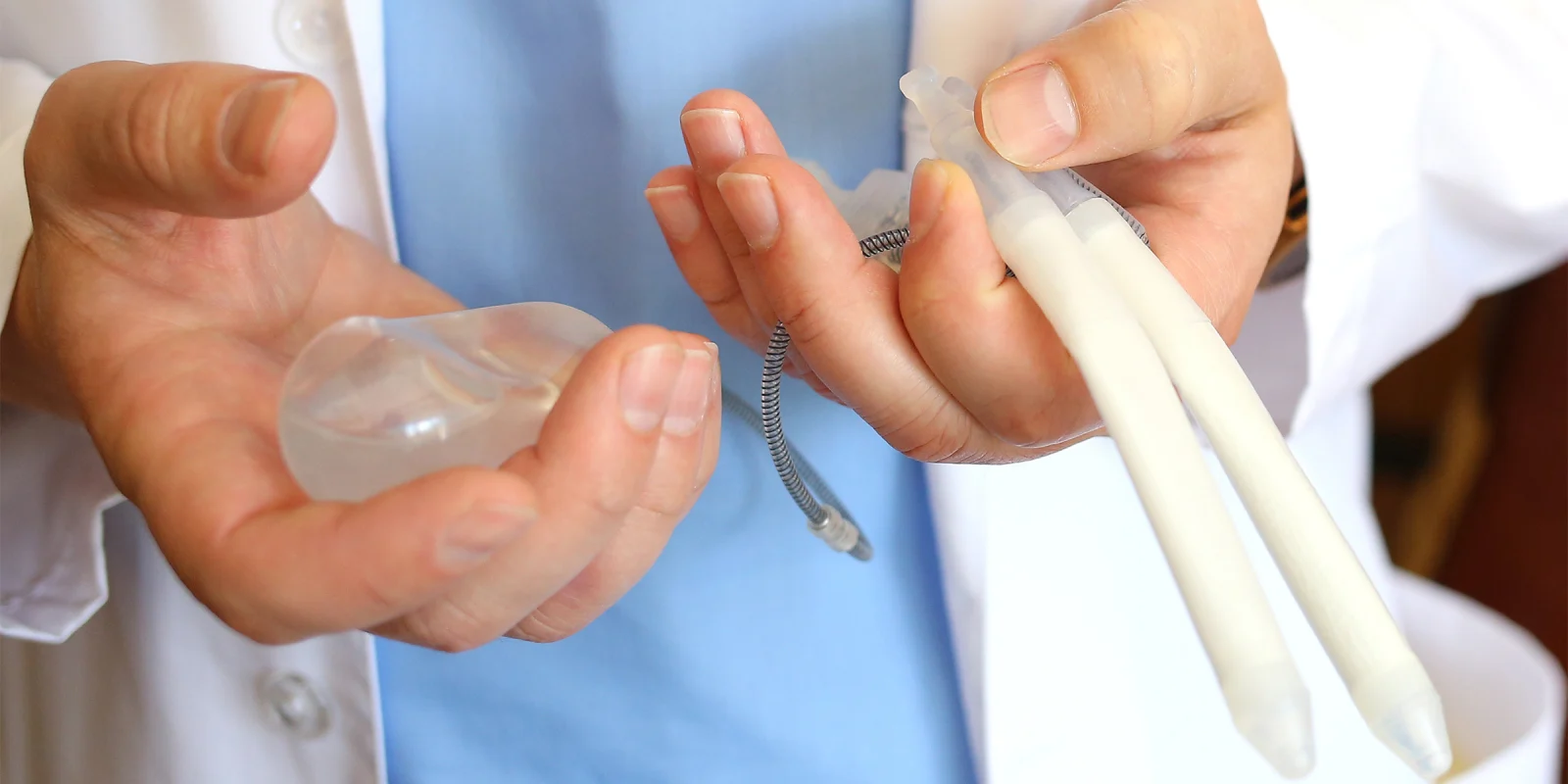For andrologists, the presentation by Narasimman et al: Evaluation of Gram Positive and Gram Negative Bacteria in a Novel In Vitro Biofilm Model of Penile Prosthesis (Abstract ID: 21-39953) should be particularly interesting. Inflatable penile prostheses (IPP) are an integral component of our practice as the definitive treatment for erectile dysfunction refractory to pharmacotherapy. One of our driving motivations as andrologists in these procedures is the high patient satisfaction reported after completion of surgery and recovery. We take great pride when our patients have no complications after implant placement and can successfully have intercourse with their partners once more. While we can attempt every precaution to prevent infection and its actual frequency is very rare in our practice, post-operative infection can still occur either early on or delayed. When this happens, we must fully remove the implant. This is devastating for the patient with the added stress it creates as well as potential financial ramifications and post-operative morbidity. So, when we see research presentations investigating infective agents that impact the success of our IPP placements, we understand its importance and how it could translate to better outcomes for our patients.
The presentation focuses on biofilm formation, which, in our field, is commonly thought to be causative of infection weeks and even months after surgery. We still do not fully understand the mechanism of biofilm formation and the organisms that utilize it in infection, but this presentation elucidates some of that information. In the past we have seen infections from Staphylococcus epidermidis most commonly with IPPs. However, in recent years infections by other organisms such Pseudomonas aeruginosa and Klebsiella pneumoniae have been indicated in post-operative penile implant infections. The presentation showed that both gram-negative organisms have a strong predilection for creating biofilm on our implant devices. This supports the current perspective of biofilm formation as a mechanism of infection in these organisms that have become a greater concern to us more recently. While it is reassuring that the authors’ in vitro model did not show a strong predilection for biofilm formation by Staphylococcus epidermidis or Staphylococcus aureus, the ability displayed by Pseudomonas is intriguing. It does raise the question whether the antibiotic treatment options we currently use with our IPPs could be modified somewhat to better cover Pseudomonas infection even if it still seems to be somewhat rare in clinical practice. I am also interested in what the authors’ future results will show for biofilm formation by Klebsiella or Acinetobacter on antibiotic inoculated implants and whether specifically targeting those organisms with additional antibiotic coverage could also produce a clinical benefit. While I do not expect it to be the case, if the authors do ultimately show a significant difference in resistance against biofilm formation by the Coloplast® Titan versus AMS 700 with InhibiZone™, it could impact the preferences that andrologists have for the two devices. The research presented here is promising and I look forward to future findings from this in vitro biofilm model and whether they can be applied to the benefit of our patients.
Dr. Ramasamy has no conflicts of interest to report.
Image: Alina Koval / shutterstock







